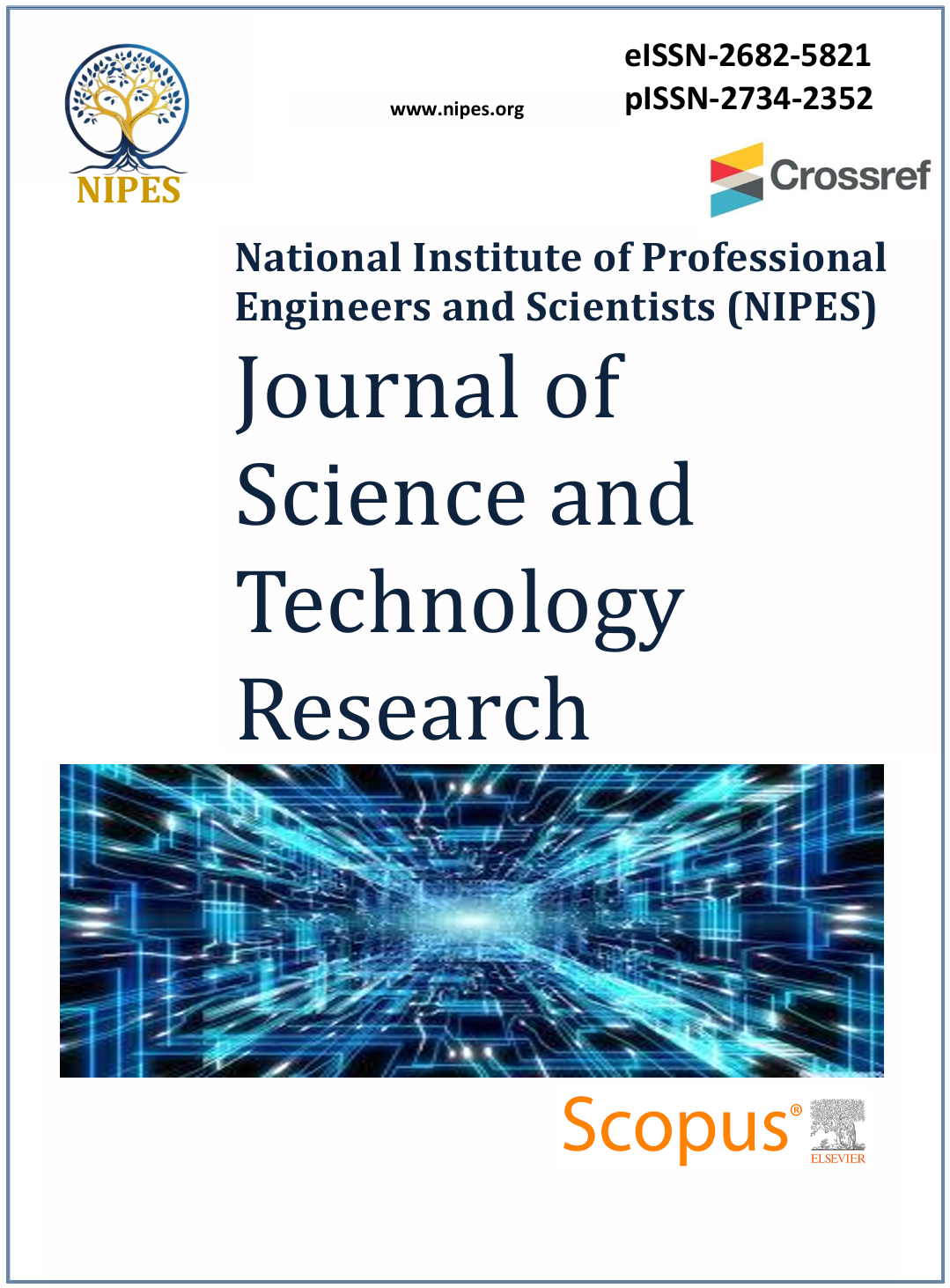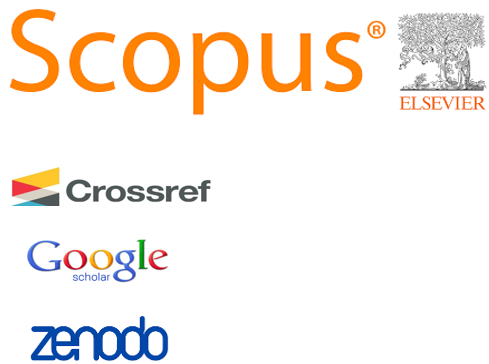Palm Kernel Shell and Coconut Shell Pellets Cofiring: Effect of Optimization Ratio on the Combustion Emission CO2 and SO2
DOI:
https://doi.org/10.37933/nipes/7.2.2025.6Abstract
Biomass is considered one of the best options for mitigating greenhouse gas (GHG) emissions and substitutes for fossil fuels. This study investigated the effect of optimization ratios on the combustion emissions of co-fired pellets produced from coconut shell (CS) and palm kernel shell (PKS) using waste paper as a binding agent. Ten pellets were produced mechanically using a manual screw press machine. Two optimization models were adopted: Model I includes ratios of 90%C:10%P, 80%C:20%P, 70%C:30%P, 60%C:40%P, and 50%C:50%P, while Model II includes ratios of 90%P:10%C, 80%P:20%C, 70%P:30%C, 60%P:40%C and 50%P:50%C . The optimized pellets were characterized through proximate and ultimate analyses in accordance with ASTM standards. Data obtained was used to analyse the combustion emissions. Results obtained revealed that, on both wet and dry bases, the 50%:50% optimization ratio in Models I and II had better potential for mitigating combustion CO2 and SO2 emissions than other optimization ratios, which exhibited relatively higher values. Similarly, models demonstrated more favourable emissions on a wet basis than on dry basis. Comparatively, Model I showed greater potential in CO2 mitigation, while Model II was more effective in SO2 mitigation. All optimized pellets in both models exhibited low CO2 and SO2 emissions on wet and dry composition analyses, as recommended by the Bureau of Energy Efficiency. The findings from this study underscore the potential of varying CS and PKS ratios in optimizing combustion emissions in a Biomass Power Plant, highlighting the effectiveness of CS in SO2 reduction and PKS in CO2 reduction.






